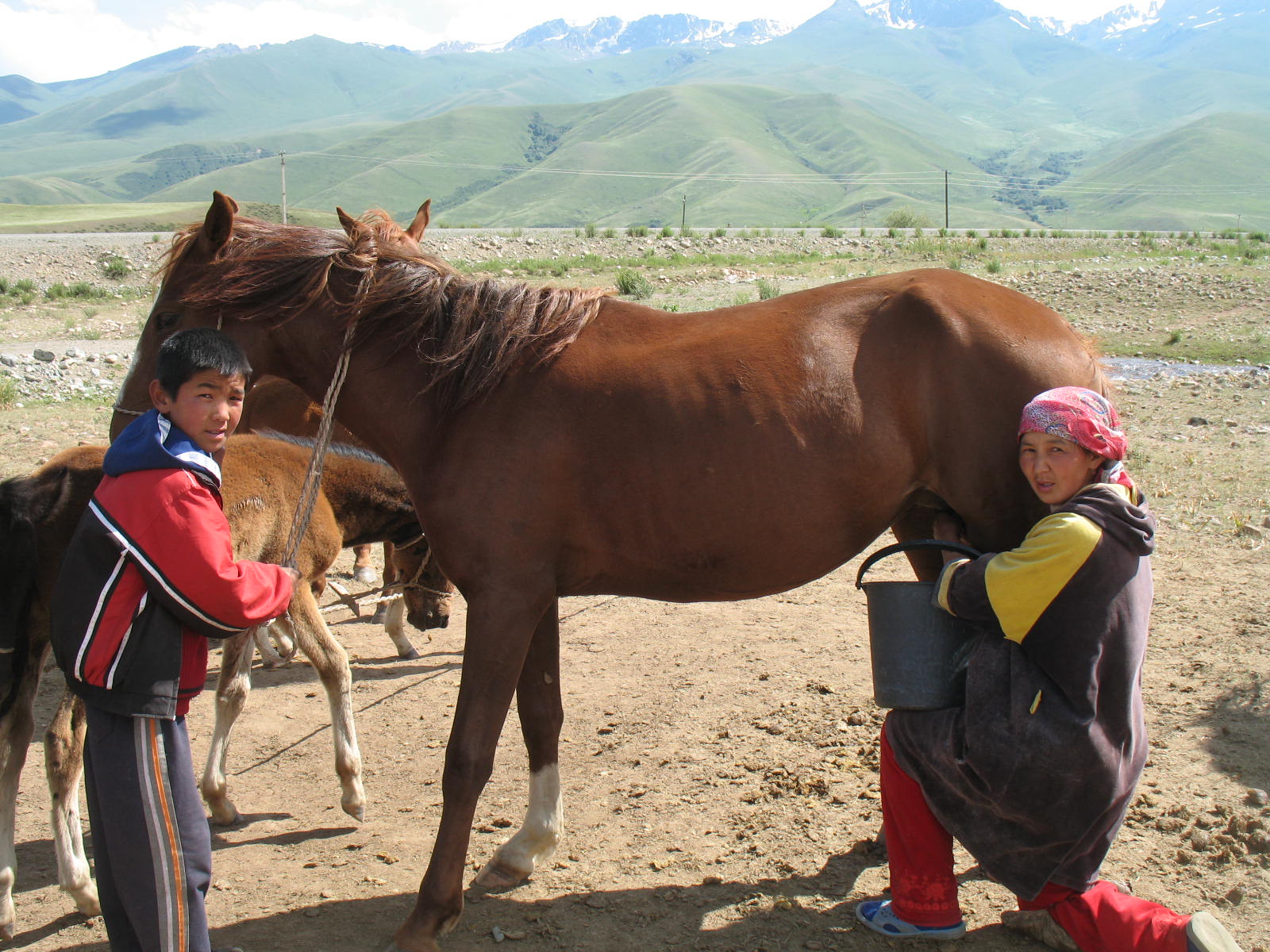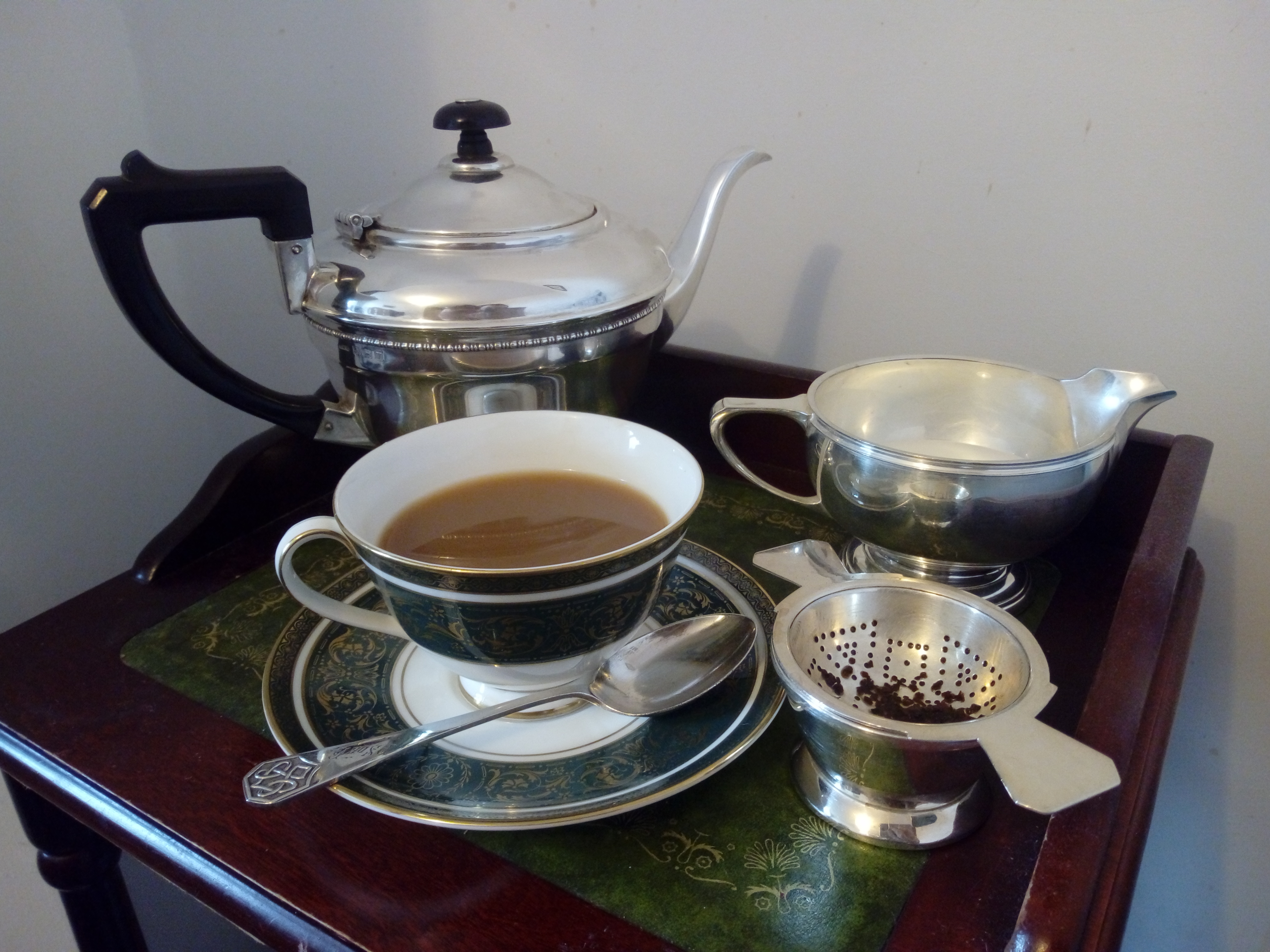|
Piyāla
A piyāla (, , ), also called piola, piyola (, ), piala ( or ), chini (, , , from China) or kasa (, ) is a small ceramic bowl (vessel), bowl used throughout Central Asia for drinking tea. It is similar to the East Asian chawan. Piyālas may be used for other beverages too, such as kymyz, though traditionally a full-size bowl (called ''kese'') is used for cold and hot beverages. Lacking handles, piyālas stack readily - an important consideration amongst the nomadic peoples of Central Asia. References Teaware Central Asian cuisine {{drinkware-stub ... [...More Info...] [...Related Items...] OR: [Wikipedia] [Google] [Baidu] |
Bowl (vessel)
A bowl is a typically round dish or container generally used for preparing, serving, storing, or consuming food. The interior of a bowl is characteristically shaped like a spherical cap, with the edges and the bottom, forming a seamless curve. This makes bowls especially suited for holding liquids and loose food, as the contents of the bowl are naturally concentrated in its center by the force of gravity. The exterior of a bowl is most often round, but can be of any shape, including rectangular. The size of bowls varies from small bowls used to hold a single serving of food to large bowls, such as punch bowls or salad bowls, that are often used to hold or store more than one portion of food. There is some overlap between bowls, cups, and plates. Very small bowls, such as the tea bowl, are often called cups, while plates with especially deep wells are often called bowls. In many cultures, bowls are the most common kind of vessel used for serving and eating food. Historica ... [...More Info...] [...Related Items...] OR: [Wikipedia] [Google] [Baidu] |
Central Asia
Central Asia is a region of Asia consisting of Kazakhstan, Kyrgyzstan, Tajikistan, Turkmenistan, and Uzbekistan. The countries as a group are also colloquially referred to as the "-stans" as all have names ending with the Persian language, Persian suffix "-stan" (meaning ) in both respective native languages and most other languages. The region is bounded by the Caspian Sea to the southwest, European Russia to the northwest, China and Mongolia to the east, Afghanistan and Iran to the south, and Siberia to the north. Together, the five Central Asian countries have a total population of around million. In the pre-Islamic and early Islamic eras ( and earlier) Central Asia was inhabited predominantly by Iranian peoples, populated by Eastern Iranian-speaking Bactrians, Sogdians, Khwarezmian language, Chorasmians, and the semi-nomadic Scythians and Dahae. As the result of Turkic migration, Central Asia also became the homeland for the Kazakhs, Kyrgyzs, Volga Tatars, Tatars, Turkmens, ... [...More Info...] [...Related Items...] OR: [Wikipedia] [Google] [Baidu] |
Chawan
A ''chawan'' (; literally "tea bowl") is a bowl used for preparing and drinking tea. Many types of ''chawan'' are used in East Asian tea ceremonies. History The ''chawan'' originated in China. The earliest ''chawan'' in Japan were imported from China between the 13th and the 16th centuries. The '' Jian chawan'', a Chinese tea bowl known as ''Tenmoku chawan'' in Japan, was the preferred tea bowl for the Japanese tea ceremony until the 16th century. In Japan, tea was also mainly drunk from this Chinese variety of tea bowls until about the 15th century. The Japanese term ''tenmoku'' is derived from the name of the Tianmu Mountain, where Japanese priests acquired these tea bowls from Chinese temples to bring back to Japan, according to tradition. An 11th-century resident of Fujian wrote about the Jian tea wares: : By the end of the Kamakura period (1185–1333), as the custom of tea drinking spread throughout Japan and the ''Tenmoku chawan'' became desired by all ranks of so ... [...More Info...] [...Related Items...] OR: [Wikipedia] [Google] [Baidu] |
Kymyz
''Kumis'' ( , ), alternatively spelled ''coumis'' or ''kumyz'', also known as ''airag'' ( ), is a traditional fermented dairy product made from mare milk. The drink is important to the peoples of the Central and East Asian steppes, of Turkic and Mongolic origin: Kazakhs, Bashkirs, Kalmyks, Kyrgyz, Mongols, and Yakuts. Kumis was historically consumed by the Khitans, Jurchens, Magyars, and Han Chinese of North China as well. ''Kumis'' is a dairy product similar to kefir, but is produced from a liquid starter culture, in contrast to the solid kefir "grains". Because mare's milk contains more sugars than cow's or goat's milk, when fermented, ''kumis'' has a higher, though still mild, alcohol content compared to kefir. Even in the areas of the world where ''kumis'' is popular today, mare's milk remains a very limited commodity. Industrial-scale production, therefore, generally uses cow's milk, which is richer in fat and protein, but lower in lactose than the milk from a ho ... [...More Info...] [...Related Items...] OR: [Wikipedia] [Google] [Baidu] |
Handle
A handle is a part of, or an attachment to, an object that allows it to be grasped and object manipulation, manipulated by hand. The design of each type of handle involves substantial ergonomics, ergonomic issues, even where these are dealt with intuitively or by following tradition. Handles for tools are an important part of their function, enabling the user to exploit the tools to maximum effect. Package handles allow for convenient carrying of packages. General design criteria The three nearly universal requirements of are: # Sufficient strength to support the object, or to otherwise transmit the force involved in the task the handle serves. # Sufficient length to permit the hand or hands gripping it to comfortably exert the force. # Sufficiently small circumference to permit the hand or hands to surround it far enough to grip it as solidly as needed to exert that force. Specific needs Other requirements may apply to specific handles: * A sheath or coating on the hand ... [...More Info...] [...Related Items...] OR: [Wikipedia] [Google] [Baidu] |
Nomadic
Nomads are communities without fixed habitation who regularly move to and from areas. Such groups include hunter-gatherers, pastoral nomads (owning livestock), tinkers and trader nomads. In the twentieth century, the population of nomadic pastoral tribes slowly decreased, reaching an estimated 30–40 million nomads in the world . Nomadic hunting and gathering—following seasonally available wild plants and game—is by far the oldest human subsistence method known. Pastoralists raise herds of domesticated livestock, driving or accompanying them in patterns that normally avoid depleting pastures beyond their ability to recover. Nomadism is also a lifestyle adapted to infertile regions such as steppe, tundra, or ice and sand, where mobility is the most efficient strategy for exploiting scarce resources. For example, many groups living in the tundra are reindeer herders and are semi-nomadic, following forage for their animals. Sometimes also described as "nomadic" are var ... [...More Info...] [...Related Items...] OR: [Wikipedia] [Google] [Baidu] |
Teaware
Teaware is a broad international spectrum of equipment used in the brewing and consumption of tea. Many components make up that spectrum, and vary greatly based upon the type of tea being prepared, and the culture, cultural setting in which it is being prepared. This is often referred to as the ''tea ceremony,'' and holds much significance in many cultures, particularly in northwestern Europe and in eastern Asia. A complete, cohesive collection of tea ware makes up a tea set. Components Alternatives / Others *Chaki, the caddy used at Japanese tea ceremonies. *Chawan, tea bowl used in East Asian tea ceremony, East Asian tea ceremonies *Coffee cup, instead of tea cup *Gaiwan, lidded cup for brewing and decanting or tea may even be drunk out of the vessel directly *Japanese tea utensils, used in their tea ceremonies *Mug, instead of tea cup *Tea draining tray, for the Gongfu tea ceremony Construction Tea equipment may be constructed of many materials, from iron in Japan to porc ... [...More Info...] [...Related Items...] OR: [Wikipedia] [Google] [Baidu] |





